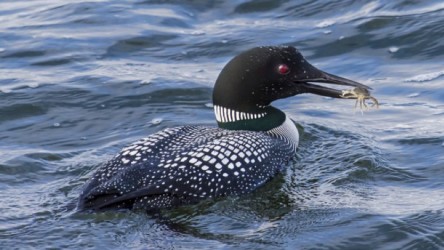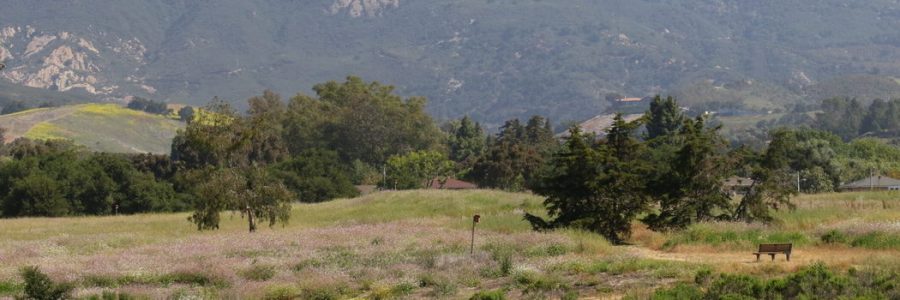
One of the many delights of being on the open water is the chance to view the shifting landscape of local marine bird life at close range. Today, I noted the sentimental return of my favorite flying fall “fashionista” – a common loon still sporting her summer stripes, polka dots, and wild checks, placidly swimming beyond the harbor entrance. The loon is among our 118 beloved local birds threatened by climate change, but thankfully, it is not too late for us to take action to prevent further damage.
A FIELD GUIDE TO THE FUTURE
On September 9th of this year, the National Audubon Society used modern Global Information System (GIS) tools in tandem with over 30 years of traditional Christmas Bird Count (CBC) data from around the US to release a groundbreaking study that exposed the dramatic impact of climate change on migrating bird populations. GIS is an amazing tool that correlates temporal (over time) data with spatial (maps) in novel ways that dramatically illuminate scientific data for laypeople and scientists alike. Using internationally recognized greenhouse gas emissions scenarios, Audubon scientists mapped where each of 588 bird species’ ideal climatic range may be found in the future as the climate changes. The maps serve as a guide to how each bird’s current range could expand, contract, or shift across three future time periods, and it shows that over 50% of these birds are at risk. Viewed in sequence, the maps show dramatic changes in bird ranges under predicted future climate scenarios (see GIS pictures below for Common Loon range compression/shift from 2000-2080). The news is sobering, and the implications are alarming unless we act to mitigate existing damage, and support policies and actions that prevent further degradation.
BIRDS AFFECTED
In addition to the Common Loon, some other of the 118 Santa Barbara County Birds affected are the familiar Brown Pelican, the Golden Eagle, the Merlin and the Willet.
WHAT YOU CAN DO TO HELP
Your active contributions to SBAS efforts to promote our three-pronged mission of conservation, restoration, and education are needed more than ever. Pick a project to support and get involved! Send a letter to our local officials stating your support of bird-friendly, greenhouse gas-limiting policies. Change habits to reduce your personal carbon footprint. Suggest a community group that would welcome a speaker (we are developing a standard climate change presentation for this purpose). For more information on five ways that you can engage to protect birds, see the following link: http://climate.audubon.org/article/what-you-can-do-help-protect-birds
FOR MORE INFORMATION:
See
http://birds.audubon.org/sites/default/files/documents/birds_and_climate_report.pdf
http://www.wired.com/2014/09/bird-map-climate-change/
And by the way…according to the study, by 2080, the Common Loon, is forecast to lose 56 percent of its current summer range and 75 percent of its current winter range. Let’s take action to keep our beloved Santa Barbara birds with us for generations to come.



